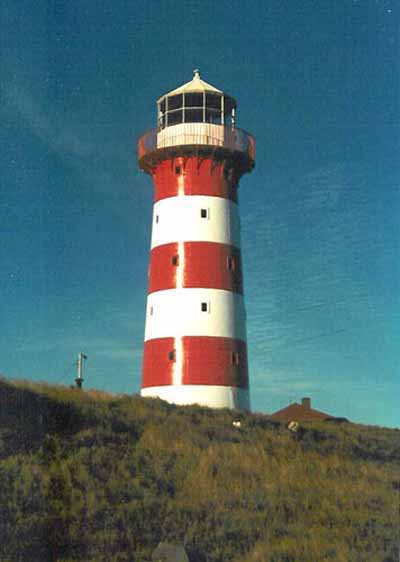Cape Pine Lighthouse National Historic Site of Canada
Cape Pine, Newfoundland and Labrador

General view
© Agence Parcs Canada / Parks Canada Agency, 1990.
Address :
Cape Pine Road, Cape Pine, Newfoundland and Labrador
Recognition Statute:
Historic Sites and Monuments Act (R.S.C., 1985, c. H-4)
Designation Date:
1974-05-18
Dates:
-
1851 to 1851
(Construction)
Event, Person, Organization:
-
Alexander Gordon
(Architect)
Other Name(s):
-
Cape Pine Lighthouse
(Other Name)
Research Report Number:
1974-L, 2005-SDC/CED-039
DFRP Number:
34599 00
Plaque(s)
Existing plaque: Cape Pine Road, Cape Pine, Newfoundland and Labrador
Standing over 300 feet above high water, this lighthouse was built in 1851 by the imperial government at a cost of over £6500 and was thenceforth maintained by Newfoundland. The circular 50 foot cast iron tower, polygonal lantern and revolving light consisting of 16 whale oil lamps, each with a parabolic reflector, were shipped out from England, landed on this rugged shore, and conveyed to the site with considerable difficulty. The tower at first included living quarters, but they soon proved uninhabitable. The lighthouse has since been modified several times.
Description of Historic Place
The Cape Pine Lighthouse National Historic Site of Canada stands high on the most southerly promontory of Newfoundland between Trepassey and Saint Mary’s bays. The cast-iron tower is a smooth, tapered cylinder pierced by small, square windows as it rises to a wide gallery with railing and lantern. The lighthouse stands amongst ancillary buildings and a communications tower. Its strategic location makes it highly visible to maritime traffic. The official recognition refers to the lighthouse on its legal property.
Heritage Value
Cape Pine Lighthouse was designated a national historic site of Canada in 1974 because: it was the first landfall light built on the dangerous south coast of Newfoundland’s Avalon Peninsula to guide shipping through the Cabot Straight to the St. Lawrence River; it is one of the oldest lighthouses in Canada, and; it was the first application in Newfoundland of the technology using prefabricated cast-iron components in the construction of lighthouse towers.
The heritage value of this site resides in the physical presence of the lighthouse as witness to the achievement of early pre-fabrication, transportation and construction on a rugged site. Built in 1851 to guide trans-Atlantic shipping, the Cape Pine Lighthouse also illustrates the early improvement of aids to navigation on the east coast of Canada. The lighthouse was the first of a series of prefabricated iron structures erected in Newfoundland in the latter half of the nineteenth century. Designed by Alexander Gordon, it represents a pioneering and carefully executed instance of maritime design and engineering in Canada.
Source: Historic Sites and Monuments Board of Canada, Minutes, June 1973.
Character-Defining Elements
The key elements that contribute to the heritage character of this site include: the highly visible location on a rugged cape; the unimpeded viewscapes; the maritime coastal setting at the edge of a busy seaway; the cast-iron construction; the form and massing of the 15.3 metre high structure which consists of a tall, tapered tower with twelve-sided lantern; the wide exterior gallery with railing supported by iron brackets; the small square windows and single narrow door; the 3 metres high concrete casing around the base of the tower; the smooth, painted finish of the exterior walls with its distinguishing colour scheme of alternating white and red.